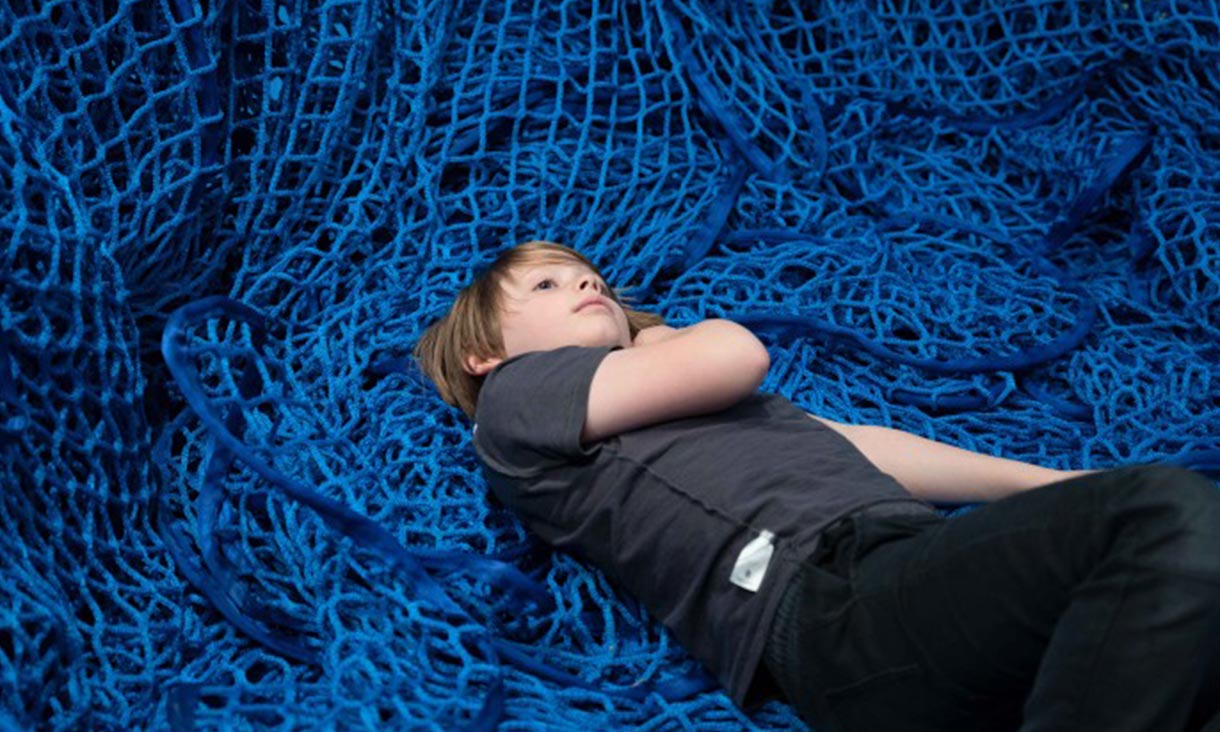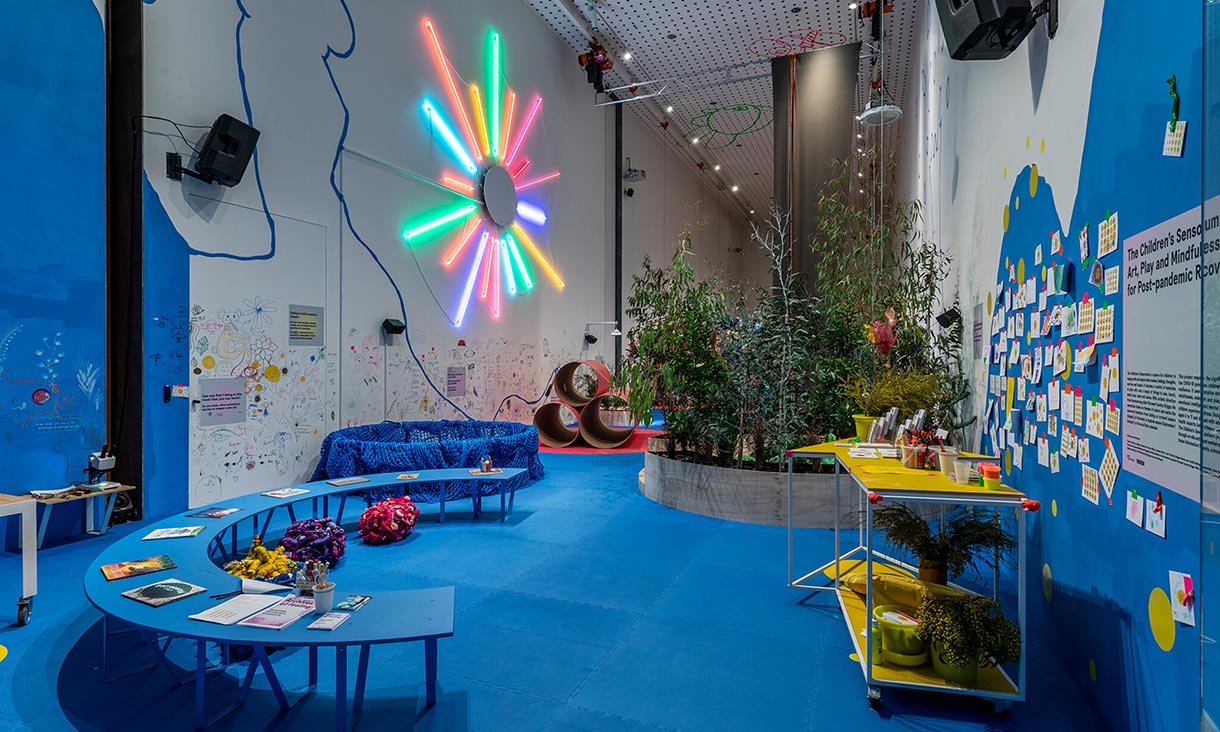The Children’s Sensorium – creative strategies to support children’s well-being
‘The Children’s Sensorium’ is a creative research project designed to support emotional resilience and well-being by allowing children to express themselves through sensory-based art installations and mindfulness practices.
Creating sustainable, liveable and healthy cities
RMIT researchers developed the Australian Urban Observatory, a groundbreaking digital platform that provides detailed insights on urban liveability for developing sustainable, inclusive, and healthy cities.
Removing barriers to Aboriginal employment
RMIT University partnered with Woor-Dungin and other Aboriginal organisations to remove barriers to Aboriginal employment. The ongoing collaborations included advocacy to remove the damaging effects of criminal record discrimination in Victoria, leading to significant legislative reform.
Embedding First Peoples' knowledge and culture within Australia’s built environments
RMIT University’s Yulendj Weelam Lab from the Architecture and Urban Design School are partnering with design professionals to create a reconciled future for Australia's built environments.












